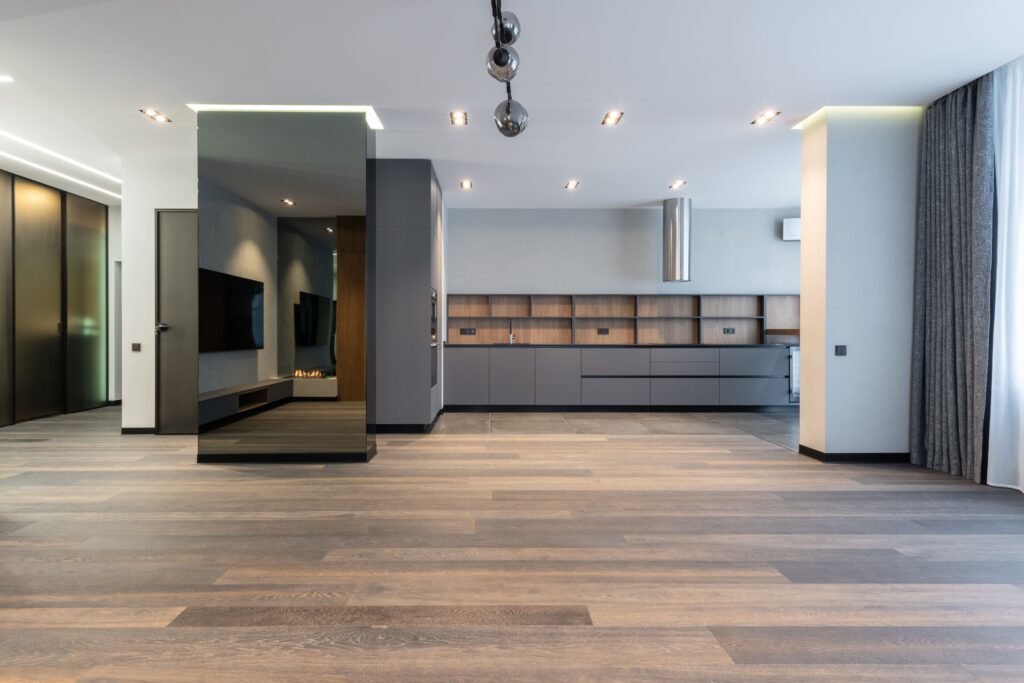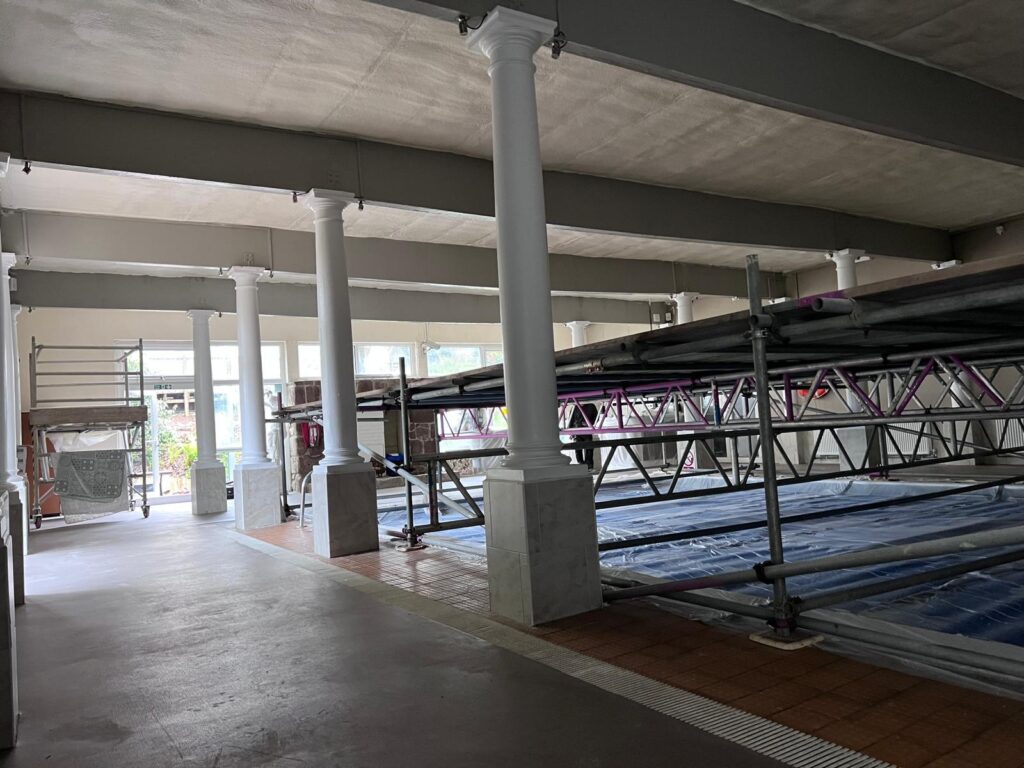Looking for Underfloor Insulation?
Underfloor insulation: Essential Guide
Underfloor insulation is a type of home insulation that is fitted underneath floorboards. Whilst a lot of heat can escape through the roof of a home, up to 20% of your total heating bill could also be escaping out through the floor as well. And this is especially true if you’re lacking insulation in more than one area of your home.
Underfloor insulation tends to be fitted in older homes most of all, thanks to the typically larger cavities that can fit layers of insulating materials.
However, many homes can be suitable for this type of insulation thanks to modern methods, such as underfloor spray foam insulation that can be parsed through small gaps and across thin surfaces.
The easiest way to install underfloor insulation is via the use of suspended timbers. As mentioned above, most older homes make use of these structures and thus retrofitting jobs are popular. But if you want to have an energy efficient insulation layer added to your home, beneath the floorboards might just be the best place to start no matter what.

What's on this page?
What is the best underfloor insulation UK?
There are various materials which can be used as underfloor insulation, but not all are suitable for the different types of homes on the market.
Rockwool, for example, is a standard material for anyone with a suspended flooring type. But if your flooring is laid across a concrete foundation, this can be a hard material to install.
As it stands, spray foam insulation is currently the most adaptable and most popular type of insulation to go beneath floorboards. Above all else, spray foam can act as thin insulation for underfloor heating and can be fitted more easily than boards, wool, or panels.
How to install underfloor insulation
Most homes don’t have underfloor insulation, so the majority of jobs have to work with the existing floorboards and how they’ve been laid. As such, it can be hard to lay underfloor insulation without the proper knowledge of housing structure, or without access to an underfloor room such as a basement.
You’ll also need to install a minimum insulation thickness for underfloor heating, which is around 50mm for all homes. This can be easily achieved when you’re using project materials like spray foam insulation for your underfloor area.
Featured Projects
When fitting underfloor heating, where should you fit the insulation?
The main bulk of the job is to lift up the floorboards, lay or spray the insulating materials in the gaps between the joists, and then replace the boards and call it a day. Be sure to refinish the look if you’ve got bare wooden floors, or if you’re replacing the boards with some new hardwood.
However, making a mistake here could lead to rotting wood joints, which in turn weaken your home’s entire structure. You could end up with problems like subsidence, which are very costly to try and deal with.
It’s highly recommended to call in an expert. Experienced underfloor heating insulation installers, like us at Spray Foam Tech, are usually your best bet for getting this project completed in a timely, precise, and budget friendly manner.
How much does it cost to install underfloor insulation UK?
The cost of underfloor insulation can vary, as do many insulation jobs throughout homes in the UK. However, the type of property your home is will play a bigger factor alongside the overall square footage. For example, a bungalow owner will have a relatively lower price to pay than someone living in a 5 bed room detached house.
Spray foam insulation frequently costs more than regular underfloor insulation, but because of its superior properties, it saves money in the long run.
Spray foam shuts out air leaks, considerably decreases heat loss, is non-toxic, provides superior soundproofing qualities, and does not degrade like cheap fibreglass insulation.
Before giving an estimate, it is important to arrange a pre-installation survey with a qualified installer to assess the area that needs insulation. To arrange one with Spray Foam Tech get in touch today.
Is underfloor insulation worth it?
If you’re worried about your energy bills over the coming months, underfloor insulation is a great project to undertake that could slash the overall cost in half. After all, there are multiple benefits to having insulation beneath you as you walk through your house, and it’s not just the initial cost effective element.
For example, spray foam can also act as insulation for electric underfloor heating. When you turn the system on, the foam acts as a barrier between your home and the outside world, and there’s no risk of a fire hazard with this type of material. You’ll simply experience a lot more of the heat you’re paying for when walking across your floors.
And whether your floors are timber or laminate, underfloor insulation can go a long way to making your home feel more cosy and comfortable, both in the hot and cold months.
An extra layer of protection between your floors and the ground means the cooler air stays trapped for longer too. You can reap the benefits from underfloor insulation all year round, and all for a one time project fee.
Does underfloor insulation really work?
Yes! As does any other type of insulation. Using material like spray foam to pack out a space and make it harder for air to escape can really change the way your home feels.
Think of it as filling a void between your home and the ground it’s built in – there’s far less chance of cold air, hot air, or damp and mold building up when insulation layers are in the way. There’s no way for these elements to drip through.
Plus, underfloor insulation can be added at any time in and out of the construction phase. Your home can be 50 or more years old and underfloor insulation will still be a worthy addition for longevity.






